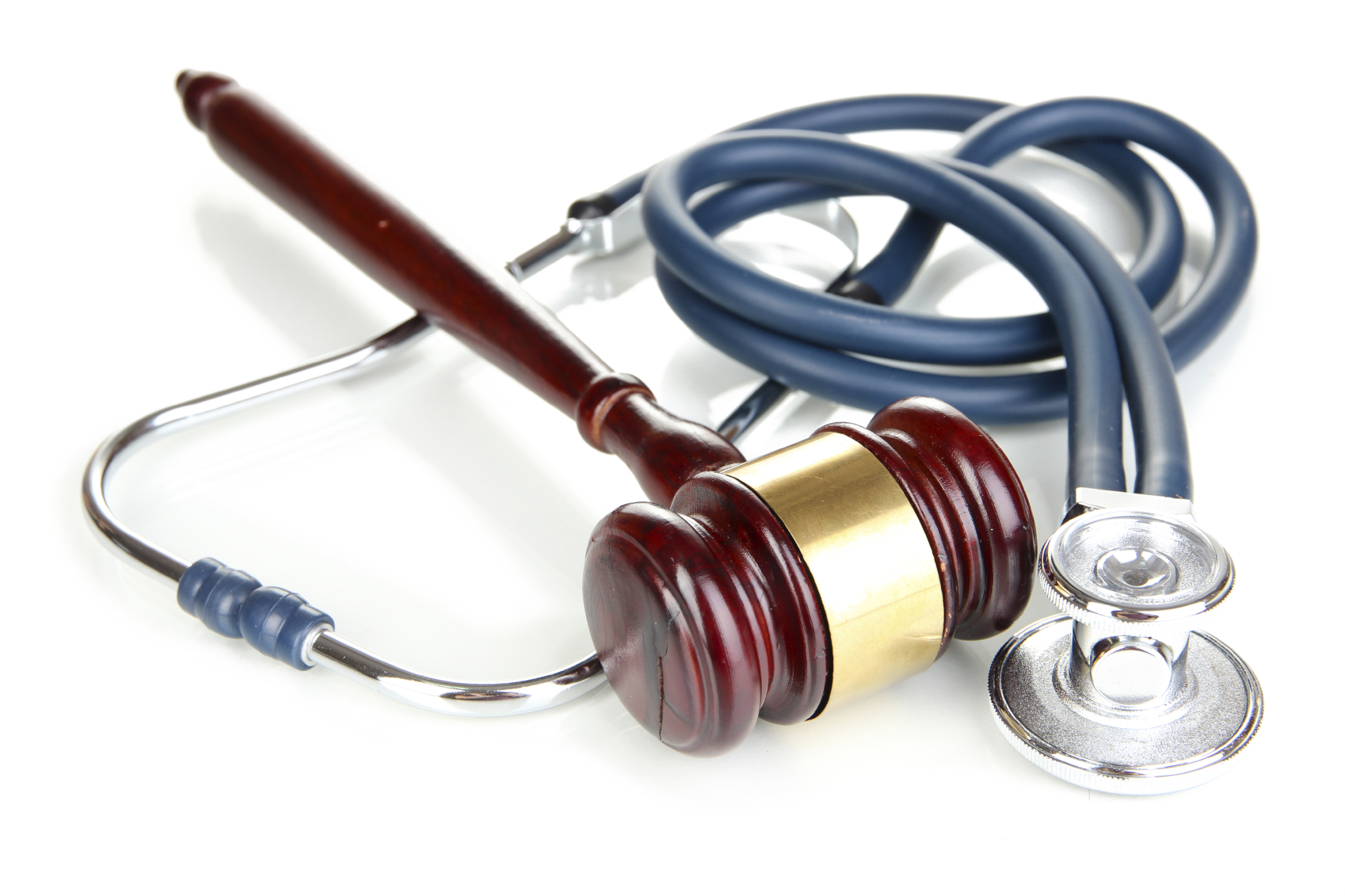Every year, medical mistakes kill about 250,000 people. That number dwarfs the leading causes of injury-related deaths, such as car wrecks and drug overdoses (mostly opioid overdoses).
The actual figure may be higher, because many medical mistakes lead to other incidents. For example, a doctor may not properly treat a driver’s epilepsy, causing a loss of consciousness and a serious crash. Or, a clinic may not check a patient’s background before prescribing painkillers.
If you have been injured due to a medical mistake, it’s important to work with aggressive attorneys, like the ones you’ll find at BellLaw.com. Of course, there are many other advocates to choose from as well.
Evidence in a Medical Malpractice Case
Medical records form the foundation of a medical malpractice case. These records conclusively indicate what the doctors did, and perhaps more importantly, what they did not do. Due to privacy laws, it may take individuals weeks of paperwork to secure such records. But an attorney can usually obtain them in just a few hours. So, your claim for damages gets started on the right foot.
Next, it’s important to establish the standard of care. As outlined below, violating the standard of care is evidence of negligence. For this step, an attorney often partners with an expert witness. This individual reviews the file, including the medical records, and gives a professional opinion as to the quality of treatment. Rules vary among different jurisdictions as to the qualifications of expert witnesses.
No medical malpractice case is complete without your story. Only you can tell the jury, in your own words, about how the malpractice changed your life for the worst. Many attorneys intentionally do not over-rehearse your testimony, so it sounds as natural and compelling as possible.
Establishing Liability
There are many ways that a doctor’s care could fall below the acceptable standard. Some medical mistakes involve surgical errors, treatment mistakes, or product misuse (e.g. a defective hip implant). Other mistakes occur before then. Misdiagnosis is all too common in American doctors’ offices, particularly with regard to cancer and a few other conditions.
If the doctor, nurse, or other medical professional breached the duty of care, and that violation substantially caused the victim/plaintiff’s injuries, the professional’s employer is responsible for damages. This employer is usually a hospital or clinic. The respondeat superior rule dictates that employers are responsible for the negligent acts of their employees.
Due to the nature of the relationship between doctor and patient, and also due to the serious nature of the injuries in most medical malpractice cases, damages in these cases tend to be substantial.
Victims are entitled to compensation for their economic losses, such as necessary revision surgery and their resulting lost wages. Damages also include compensation for intangible losses, such as pain and suffering, loss of consortium (companionship), emotional distress, and loss of enjoyment in life. Finally, many juries award substantial punitive damages in these cases.
The best way to obtain the compensation and justice you deserve is to work with a highly-experienced attorney. So, make the call today.

